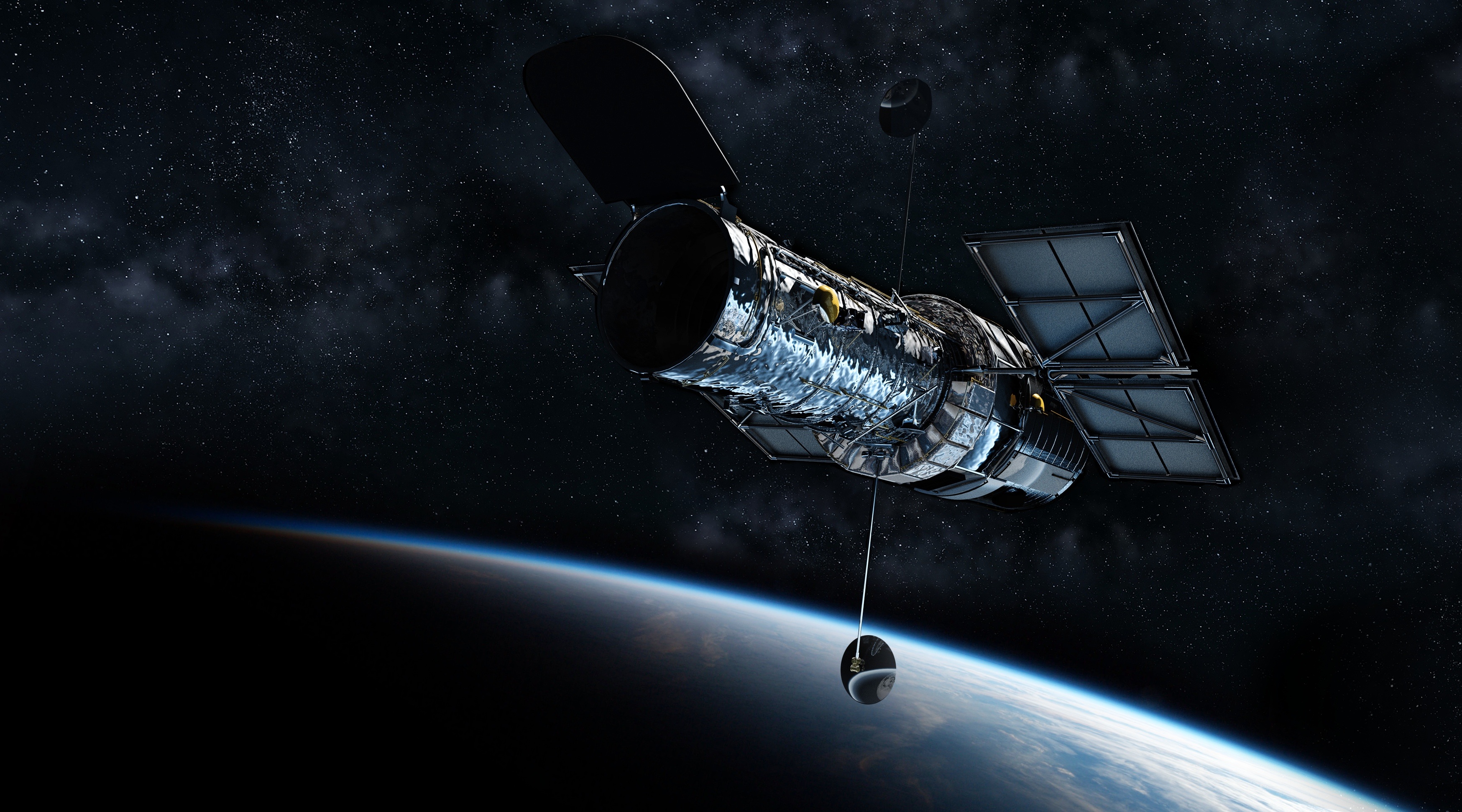A box measuring 10x10x11.3 cm, weighing 1 kg. It resembles a Rubik’s cube. A team of students from the Warsaw University of Technology dedicated several years of their lives to building it. On February 13, 2012, their dreams came true.
I was at work at the time, sitting in front of my computer, watching the Vega rocket blast off from the Guiana Space Center. The rocket boosted Poland’s first satellite, the PW-Sat, built by those students, into orbit. Although the mission failed, the students blazed a trail for others. Even then, I thought this was the kind of project I would like to get involved with.
Make no mistake – Poland has never played a major role in the space race. Essentially, due to the lack of funding. The students’ satellite cost just PLN 200,000 (EUR 46,000) to make. A small fraction of what it takes to finance a professional satellite. We lacked the facilities, the know-how and advanced technologies.
I never thought an opportunity would present itself only 4 years later. Atos Polska, whose team I joined in February of that year, has been working on Poland’s first commercial satellite. The most exciting part is not the 40-kg satellite but the system itself that we are developing. The system will be highly complex, with vessel-borne transmitters, a ground communications station, a flight control center and data terminals available to users.
Its purpose? To collect information from an automatic vessel identification system in order to track ship movements and ensure maritime traffic safety. The system will be used mainly by Polish institutions such as maritime authorities, the military, the Border Guard, the Maritime Search and Rescue Service and special services. But that is not all – its users will also include the European Maritime Safety Agency.
We are beginning the project by defining the satellite mission and designing subsystem architecture. We plan to complete this stage by the end of 2017. Next we will build a prototype of the system and the satellite itself. Once the rocket is launched in 2020 and put into orbit, we will progress to the operational phase of the system. Finally, once the mission is over, we’ll bring the satellite down from orbit. In total, the project will involve measurements and checks for approximately 10,000 specific requests and parameters.
Why all this? Poland’s first commercial satellite is not being created for its own sake, even though we will all learn a great deal in the process. The experience to be gained over the coming years will be critical for both business and research partners and will advance science in Poland. This is an important purpose of the undertaking, but not the only one.
So what is it really about? My colleagues responsible for the project at ATOS Polska have put it well – we need the satellite because the Earth is not flat.
Back to Earth now. Our satellite will improve maritime traffic safety. Today, such traffic is controlled by the Automatic Identification System (AIS) used to track ships and avoid collisions. However, its scope is limited to 74 kilometers or 40 nautical miles. What that means is that more distant ships will not receive signals from another vessel or coastal base station. This is because the Earth is not flat and the capacity of the transmitters and the sensitivity of the receivers are limited. The use of the satellite we are developing will help gather AIS data from sea-going vessels located out of the range of coastal base stations and forward them to receivers. You might say that the Polish satellite will flatten the Earth.
There is another aspect to the project – security. The satellite will tell users what is occurring in territorial waters and which ships are approaching. This should significantly improve border protection. Equally important for Poland’s defense is the vast experience that research institutions are expected to gather during the mission. In the future, we will be able to apply it directly to create Poland’s first satellite for the defense sector.
The project is a huge step forward for Poland’s entire space industry. There has never been a satellite made exclusively by a Polish business and scientific consortium. I am proud of ATOS’ involvement and very happy to be working together with our partners: Creotech Instruments S.A., Hertz Systems, the Space Research Center, the Communications Institute, the Maritime Academy of Gdynia and the Silesian Science and Technology Center for the Aviation Industry.
Lem wrote that “space is a maze made up of mazes. Each opens up a way into another. Those we cannot enter ourselves our reached by means of mathematics. We use it to make vehicles that reach human-unfriendly parts of the world”.
Our satellite is one such vehicle. It links the Earth with space. Although it won’t help us peer farther into the stars, it will help us gain a better view from the stars of all the things that take place on Earth.
Related articles:
– End of the world we know, welcome to the digital reality
– Big Data: New player in sport
– Chernobyl – the bomb is still ticking
– Future of e-commerce in Cuba and prospects of digitalization










DDonovan
You guys in Poland are building commercial satellite? Interesting. Who was this Lem guy?
Norbert Biedrzycki
Stanisław Lem was one of the most famous polish sci-fi writer. See wiki: https://en.wikipedia.org/wiki/Stanisław_Lem , https://en.wikipedia.org/wiki/List_of_works_by_Stanisław_Lem_and_their_adaptations .
Unfortunately movie Solaris, as a adaptation of his novel was not so good http://www.imdb.com/title/tt0307479/ like Solaris movie from 70’s. Highly recommended !!!